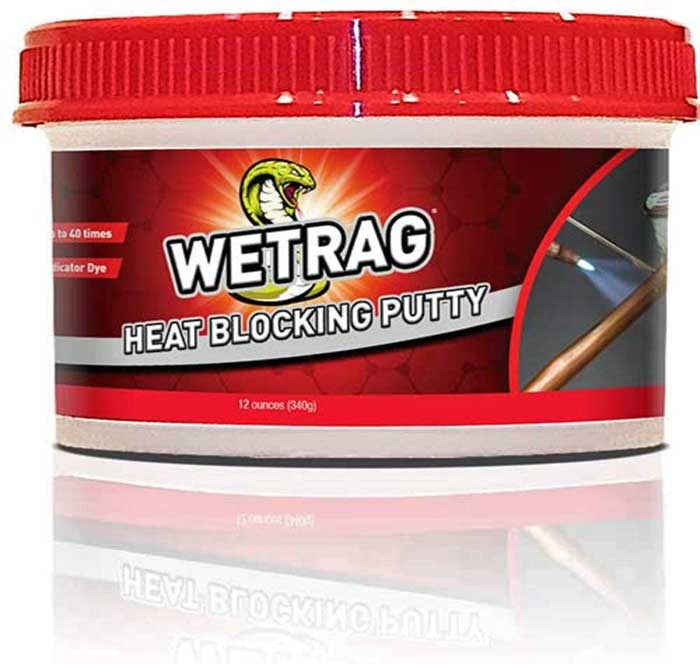DIYorBust
Active Member
Short question, how can I sweat quarter turn supply stops without overheating and damaging them when they are so small?
The full story: I want to replace some old leaky multi turn supply stops with quarter turns for a kitchen sink. They are sweated on and use hard supply lines to the faucet which is not supper easy to access behind the sink basin.
I was considering disconnecting the supply lines from the stops and unsweating them. Then sweating in the new quarter turns, thus hopefully avoiding the need to replace or deal with the hard copper lines assuming the ferrules come off without a problem.
Also I should add there is not much room to cut the pipe off and rework it, it might be possible but could end up turning a small job b into a much bigger one if things go south.
The full story: I want to replace some old leaky multi turn supply stops with quarter turns for a kitchen sink. They are sweated on and use hard supply lines to the faucet which is not supper easy to access behind the sink basin.
I was considering disconnecting the supply lines from the stops and unsweating them. Then sweating in the new quarter turns, thus hopefully avoiding the need to replace or deal with the hard copper lines assuming the ferrules come off without a problem.
Also I should add there is not much room to cut the pipe off and rework it, it might be possible but could end up turning a small job b into a much bigger one if things go south.

